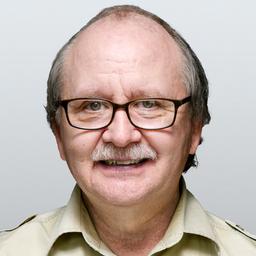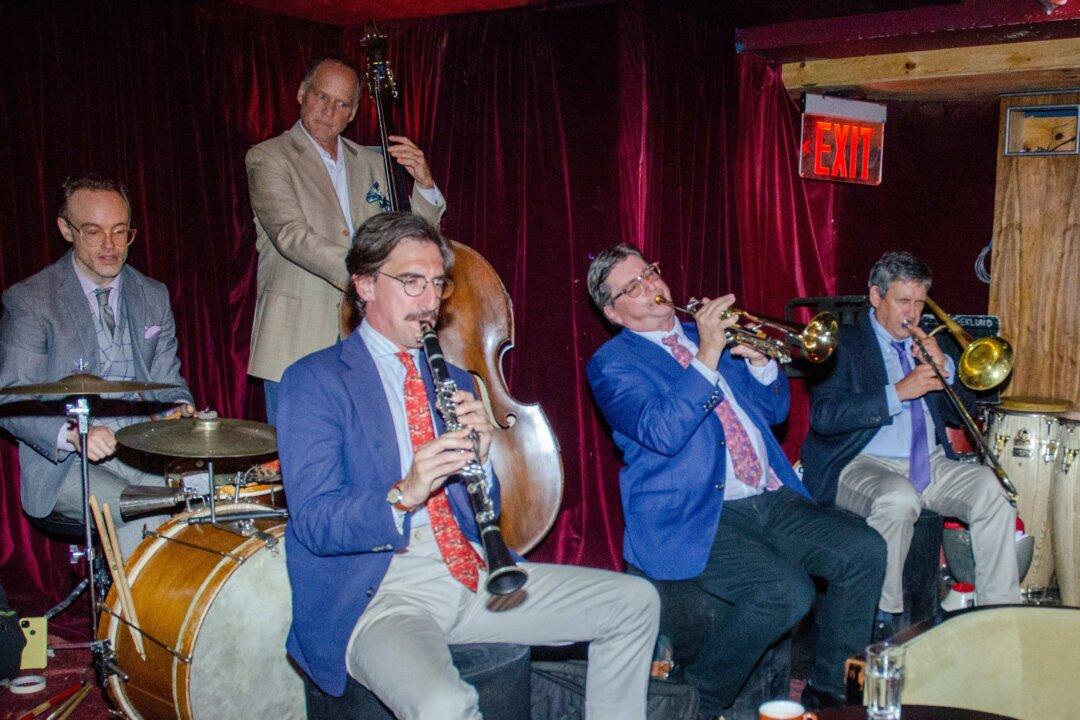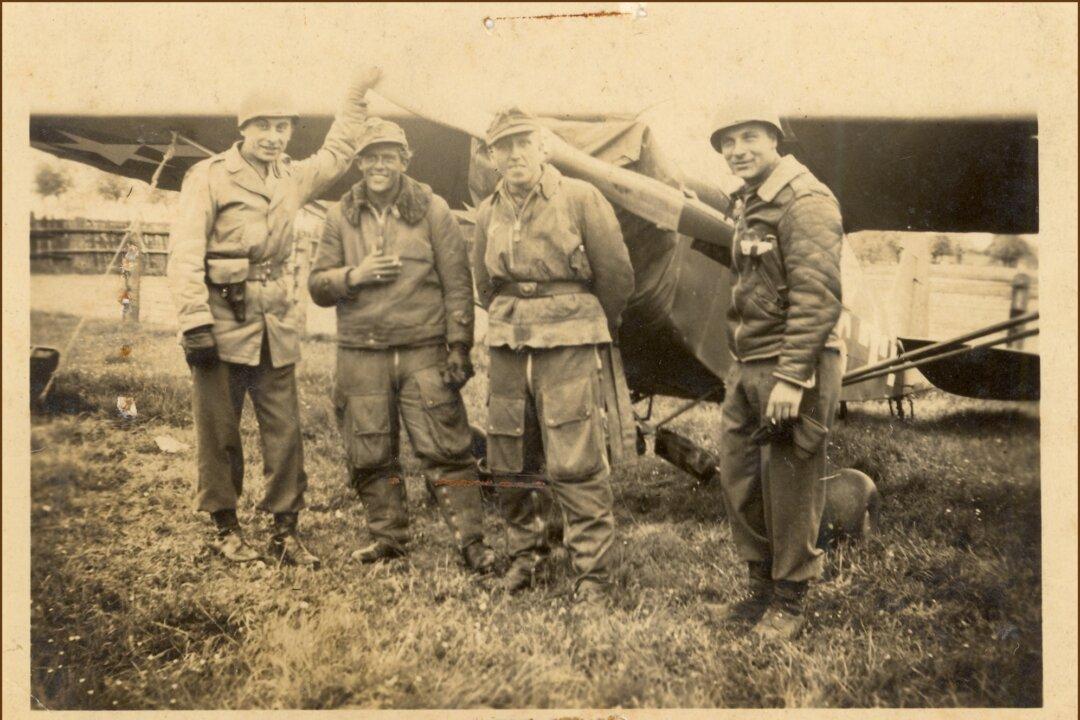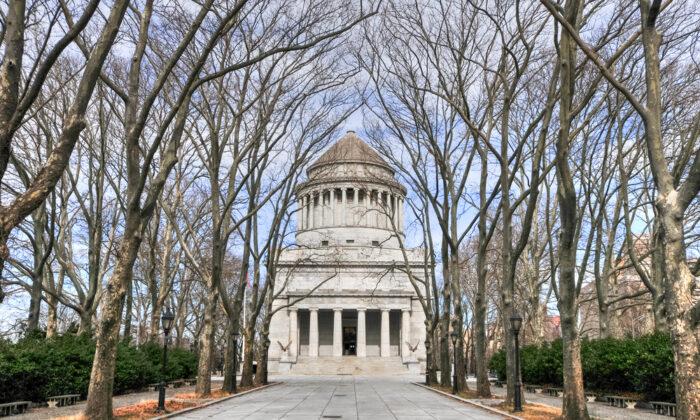NEW YORK—Former Alaska governor Sarah Palin’s defamation trial against The New York Times commenced in federal court in lower Manhattan on Feb. 3.
Palin brought the lawsuit against the newspaper after its editorial board published an editorial about her, which she deemed defamatory.
The genesis of the editorial dates back to 2011 when on Jan. 8, Jared Loughner opened fire at a political rally for Congresswoman Gabrielle Giffords, a Democrat, in Tucson, Arizona, killing six people and injuring 13.
Rep. Giffords was seriously wounded.
Prior to the attack, Palin’s political action committee (SarahPAC) had circulated a map that superimposed the image of a crosshairs-target over certain Democrat congressional districts. Giffords’ was one.
In the wake of the Loughner shooting some speculated that the shooting was connected to the crosshairs map.
No evidence ever emerged to establish that link. The criminal investigation of Loughner indicated that his animosity toward Representative Giffords had arisen before SarahPAC published the map.
On June 14, 2017, another political shooting occurred when James Hodgkinson opened fire in Alexandria, Virginia, at a practice for a congressional baseball game. He seriously injured four people, including Republican Congressman Steve Scalise.
That same evening The New York Times, under the editorial board’s byline, published an editorial entitled “America’s Lethal Politics” in response to the shooting.

The first draft of the editorial, which essentially argued that these two shootings were Palin’s fault, was written by Elizabeth Williamson and revised by James Bennet, the editorial page editor.
During the trial’s morning hours, Judge Jed Rakoff and attorneys for both sides discussed possible exhibits to be submitted as evidence.
David Axelrod, one of the defense attorneys, said he received 30 possible exhibits the previous evening and had objections to 16 of them, which were debated and ruled on.
On the plaintiff side, attorney Shane Vogt told Rakoff he had attended a wedding and was not able to review one piece of evidence.
“What kind of lawyer are you that you that you weren’t working billable hours during the wedding?” quipped Rakoff.
The judge continued to crack jokes throughout the day.
Sometime later the whole operation was moved to the jury assembly room, where the last steps of jury selection took place. Nine jurors were selected.
Earlier in the morning, Rakoff gave stern directions to the lawyers.
He made it clear that he wants witnesses to be ready to go with no delay and “Opening statements are strictly limited to 30 minutes. Not 31.”
Everyone returned to the courtroom for opening statements.
Vogt laid out what he was going to prove to the jury, the first item being the editorial was indeed about Palin.
“It says her name. It literally says her name,” he said. Additionally, Vogt intends to use The New York Times’ internal emails that refer to “the Sarah Palin report” as further proof.
Vogt said he and his team will prove that the content of the editorial is false. “We’re going to prove that through their own words and their own statements.”
They’re also going to prove the editorial was intended to be defamatory. “The language itself speaks for itself,” Vogt said.
He said the newspaper has a history of bias against Republicans in general and Palin specifically.
“The New York Times has a policy against apologizing. They think they can do whatever they want. They’re The New York Times,” he said.
Axelrod had a different picture to paint.
He told the jury, “The Times had an important message to deliver,” but failed to realize how the public would interpret two sentences in a 12-paragraph editorial.
“The Times realized they made a mistake and started the correction process,” he said.
Axelrod told the jury there was “no actual malice” which is what the plaintiff needs to prove defamation.
He said the purpose of the piece was to “focus on violent, political rhetoric” to hold “both political parties accountable,” and it wasn’t an indictment against Palin.
Axelrod said other editorial board members signed off on the piece and no one anticipated two sentences were going to be misconstrued.
Vogt called Williamson as his first witness.
Most all the exhibits entered into evidence were emails to and from Williamson—who was in D.C. the day of the second shooting—and her colleagues in New York. Vogt paid careful attention to the time each was sent.
The emails show the timeline of when an editorial on the shooting was decided upon and what its content might be.
Bennet was the first one on the staff to use the word “incites,” which is a keyword for the plaintiff.
Williamson agreed that the person who does a rewrite on a piece is the primary fact checker for what he or she wrote.
Several times during direct examination Rakoff had to remind Vogt of courtroom procedure.
Vogt didn’t always get the answer he was looking for from Williamson who often began her answers with, “As I sit here today…” followed by how she didn’t remember details.
Rakoff asked Vogt how much more time he needed with the witness and he replied about an hour. Rakoff called it a day and said Williamson would be back first thing in the morning.





